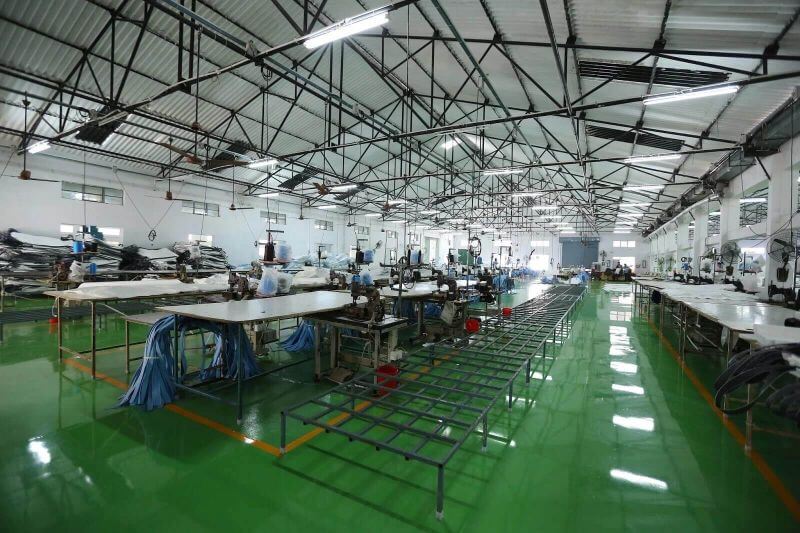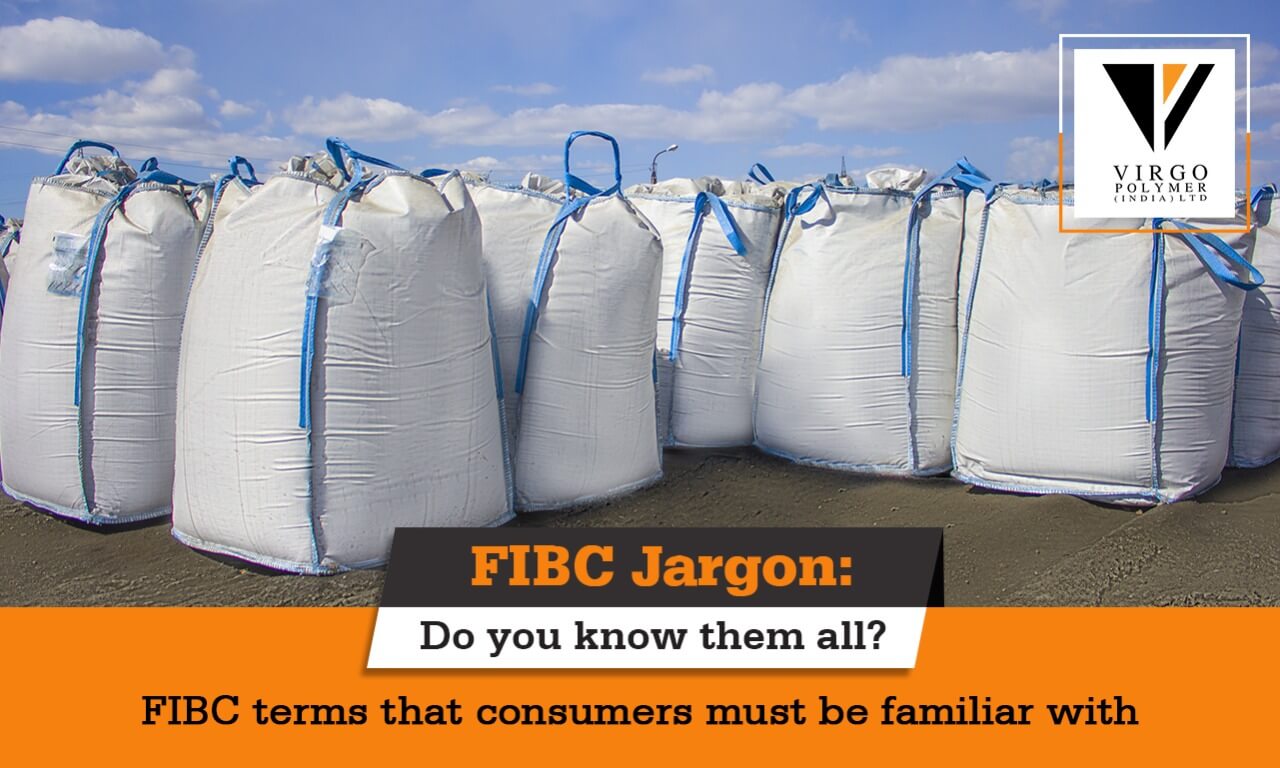



A Flexible Intermediate Bulk Container (FIBC), goes by a variety of other names such as jumbo bags, bulk bags, super sacks, and even big bags. FIBCs are employed by a multitude of industries mostly for product handling and transportation purposes.
There has been a noteworthy increase in the usage and thereby demand for FIBC with the growing requirement of bulk packaging and shipping of materials across businesses.
It is therefore essential for you, as a consumer, to be thorough with commonly used FIBC terminologies that will help you make a more well-informed decision.
The list of phrases below will help you make a wiser choice for your next FIBC purchase.
BAFFLE: To add an extra layer of strength to the bag, a Baffle, which is either extra fabric or a piece of string, is sewn into the four corners. It also helps increase stability of the load and maximises the space within.
BAG HEIGHT: The measurement from the top seam of the bag to the bottom seam is referred to as the bag height
BELT PATCH: A belt path is sewn into a bulk bag to enhance the bag’s SWL (Safe Working Load). It is a fabric piece that is sewn into the main fabric and the lift belt.
BIAS STRAP or TAPE: Made of multifilament yarns or polypropylene, a bias strap is also called a web tie or a tie strap. These are used to tie the spouts, both inlet and outlet.
COATED & UNCOATED FABRIC: Coated bags, also sometimes referred to as laminated or non-breathable, have an extra layer of polypropylene that prevents sifting of materials and protects the products from moisture.
On the other hand, uncoated bags don’t come with any such layering.
DENIER: It is said that the denier count determines the durability of the fabric, both being directly proportional to each other. This unit of measurement is used to indicate the fibre thickness of individual threads that are used in the bag fabric.
DISCHARGE SPOUT: The bottom spout of the bag is often called the discharge spout since it is used to discharge the materials in order to empty the bag.
DOCUMENT POUCH: Also called an envelope or a pocket, this is also designed using polypropylene and is used as a pouch to store documents which have the product shipping and storage data.
CIRCULAR WOVEN BAG: Called so because these are shaped and woven using a circular loom, these are also referred to as tubular bags because of their tube-like shape. Such bulk bags don’t come with corner seams and don’t have any angular edges.
DUFFLE TOP: The inlet of duffle bags extends from the top seam and allows tying from the top. These look like duffle bags and are therefore called so.
LOOP HEIGHT: The measurement that extends from the top of the bag to the apex of the loop when the bag is laid flat, is called the loop height of the bag.
POLYPROPYLENE: An environment friendly and recyclable material, polypropylene is the primary polymer used to manufacture FIBCs and is made using a combination of propylene monomers.
SAFE WORKING LOAD (SWL): The SWL determines the amount of load that the bulk bag can safely carry.
SAFETY FACTOR (SF): Expressed using a ratio, the Safety Factor is the strength of the bag against the Safe Working Load. If the ratio is 5:1, then the strength of the bag should be 5 times the SWL.
VELCRO: Used for fastening purposes, these are straps that are used to close the bag properly, securing all contents within.
TUNNEL BAG: With 4 standard loops and 2 side tunnels, these bags come with a unique tunnel lift design.
IRIS CLOSURE: A safety valve, this can be at the top and bottom of the bag. This helps control the flow of the material during filling and discharge.
PETAL CLOSURE: The spout is designed in a four-petals shape that functions together to ensure that the spout is closed even when it is not in use.
